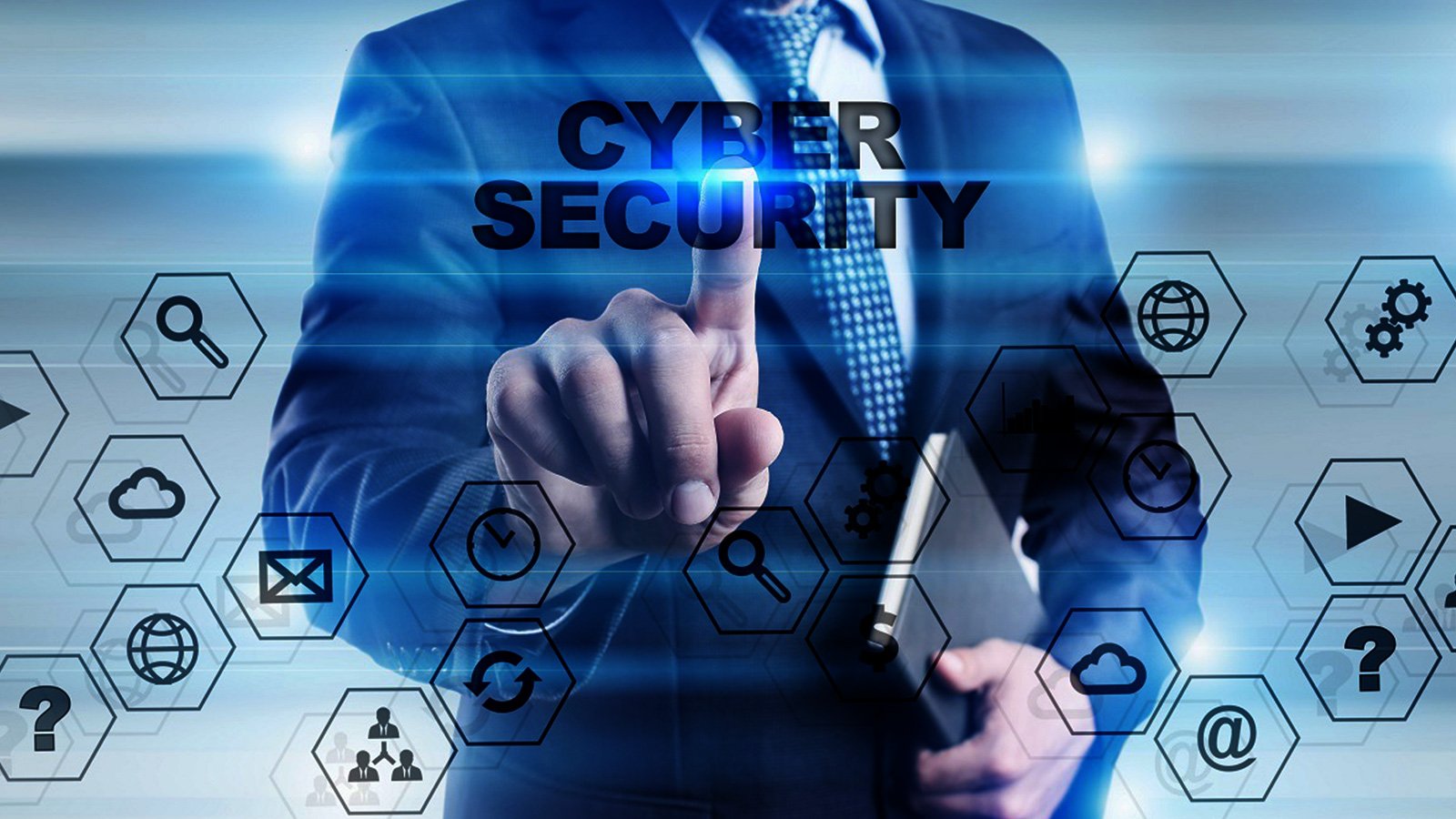
THE ESSENTIAL CYBERSECURITY TOOLKIT
According to AT&T, 82% of companies cybersecurity have experienced a cyberattack . Companies are now more concerned about whether they will be the victims of cyber attacks. Ransomware attacks, hackings, and data breaches are on the rise. It is vital that all companies plan for the worst.
Cybersecurity training for employees
Employee training is an essential component of any successful cybersecurity program. It will ensure that all employees are aware of the cyber threats they face, and what to look out for to avoid becoming victims.
Cyber Scams 101
Social engineering is at the heart of most ransomware attacks.
Hackers can use this technique to manipulate people or groups of people in order to gain leverage.
Access to corporate systems and private data. Social engineering is a way to tap into the human tendency to trust. It is the easiest way for cybercriminals to gain access to private corporate systems. They don’t have to spend time trying to guess the passwords of others when they can just ask.
Let’s make employees better. Here’s a quick overview of the current state of employment.
Most common and most effective social engineering frauds. This is the list you should have.
Employees on their first day. It’s a good idea to include this information in the “Welcome” packet. They will fall for these hacker techniques if they don’t understand them.
Three types of Social Engineering Scams You Need to Know
It is crucial that employees are aware of the dangers of social engineering in order to ensure corporate cybersecurity. It is easier for end users to avoid falling for these scams if they are aware of the main characteristics. You should show them examples of these scams since many people are visual learners.
Phishing is the most popular ransomware hacker tactic. It usually takes the form of an email or chat message, or a website that attempts to impersonate a system or organization.
Baiting is similar to phishing. It involves offering something to lure an end user to exchange private data. Bait can be digital or physical.
How to spot a cyber scam
Scams in your Inbox
This is an example of a phishing email that was used to spread Locky ransomware. The email appears to be from a business partner, asking the recipient to click on the attached Word document to view the invoice. It is so harmless that this email looks. The recipient can easily open it and click the attached Word doc, which would lead to an alert.
Instant ransomware infection It happens every day
Red Flags
Missing sender/recipient information, generic greetings, misspelt
Email addresses such as billing@amzaon.com and addresses that do not match the company’s name are unacceptable. Emails asking recipients to download a macro or form to complete a task is highly suspicious. Employees should not click on any of these emails. Instead, immediately report the email to IT.
Essential Cybersecurity Solutions
One thing is certain in cybersecurity: There is no one product that can solve all your cybersecurity problems. It takes many technologies and processes in today’s world to ensure security and risk management. Organizations should instead be constantly checking for vulnerabilities and learning about new threats.
Cyber Protection: Layered Security is a must-have solution
Antivirus Software
Antivirus software is the foundation of cybersecurity technology. is designed to identify, block and remove malware and viruses. software can be used to protect against ransomware and keyloggers as well as backdoors, rootkits. Trojan horses. worms, adware and spyware. Other threats can be detected by some products, including phishing attacks and social engineering techniques.
Firewalls
It is essential to have a network firewall. Firewalls can be configured to monitor network traffic and distinguish your internal network from the Internet. Firewalls can be deployed as appliances on your network. In many cases, they also offer additional functionality such as virtual private networks (VPN) for remote workers.
Password Management
Recent research has shown that weak passwords are the root of cyber theft. This is responsible for 76% of data breaches. Businesses should implement password management solutions that are accessible to all employees in order to reduce this risk. Many people keep a single file that contains all their password information. This is dangerous and unneeded. There are many password management programs.
Available today. These tools enable users to keep track of all their passwords and allow them to quickly change any passwords that have been compromised. It is important to consider encryption. It ensures that your hard drives are protected.
Data will not be accessible if the laptop is stolen.
Backup and Recovery
- It is crucial to regularly back up all data that is important to your business. Based on the specific requirements of your business, backup frequency will vary.
- For some businesses, this was a daily backup.
- They may still be useful. Today’s backup products were created to help you.
- To minimize data loss, incremental copies of data are made throughout the day. It is called “When it happens”.
- Solutions that provide regular backups are the best way to protect against cyber attacks
- You can restore data to a point before the breach without losing any of your data
- All data that was created since the backup the night before.
Conclusion
They can affect all businesses. However, SMBs are less prepared than larger businesses to handle security threats. Although the reasons may vary from one business to another, it is often due to the fact that SMBs have less resources for cybersecurity efforts.
Employees need to be able to understand and accept the risks.
Be aware of your browsing habits and ensure that you only use HTTPS secure communication protocols to access sites. Also, be cautious about any site that asks for personal information. The organization must also implement cybersecurity solutions that protect confidential information and prevent cyber attacks.




